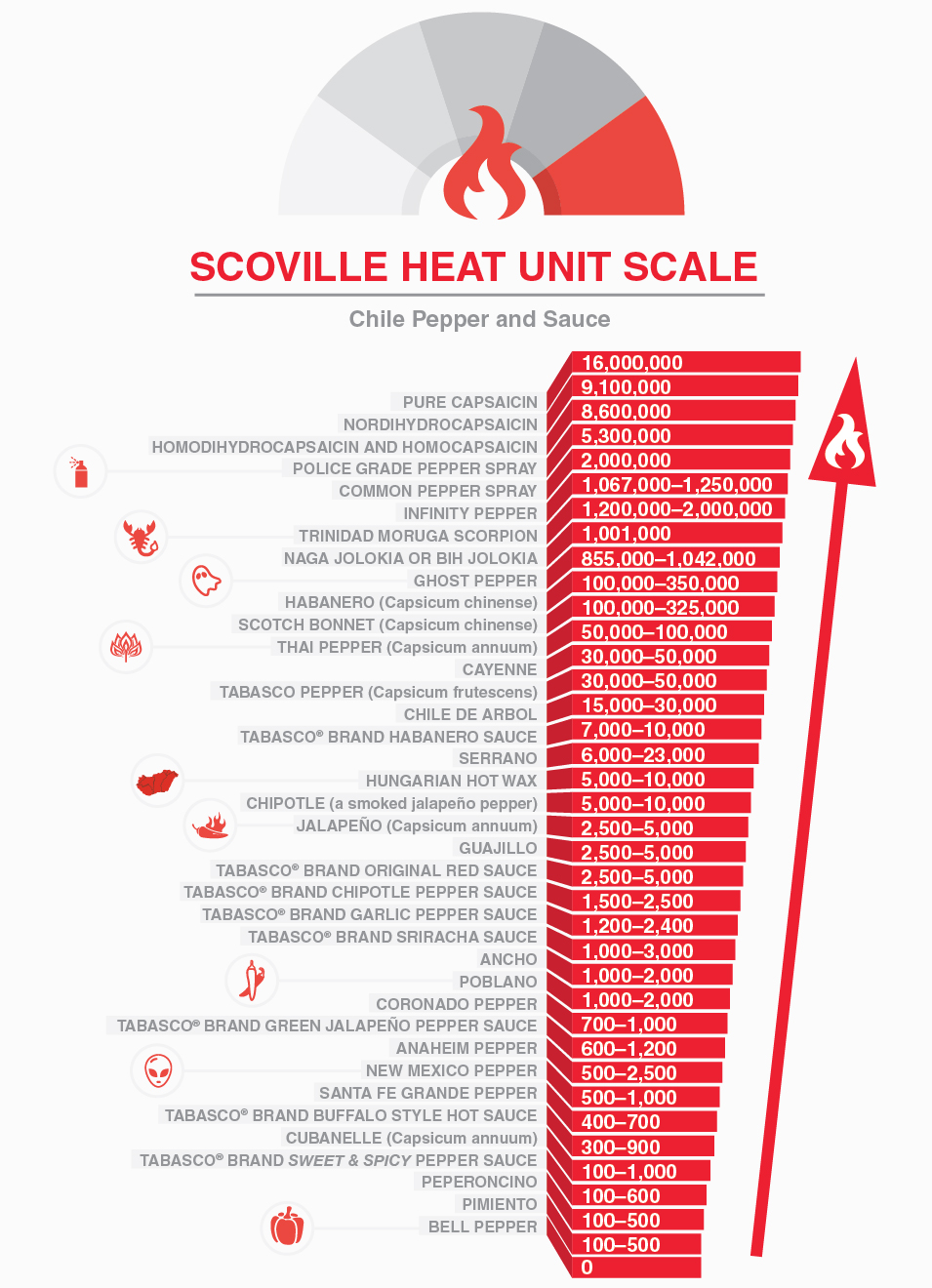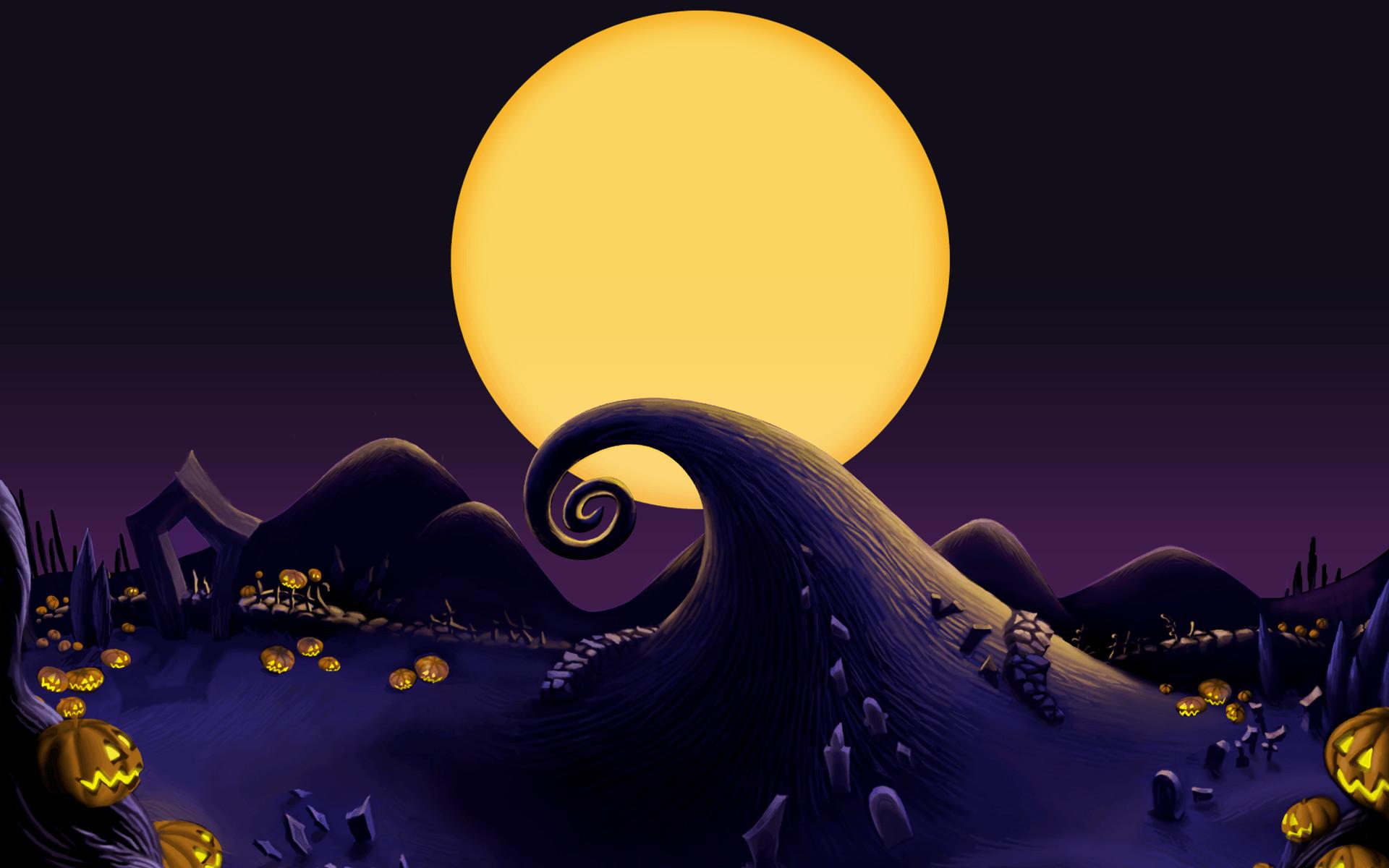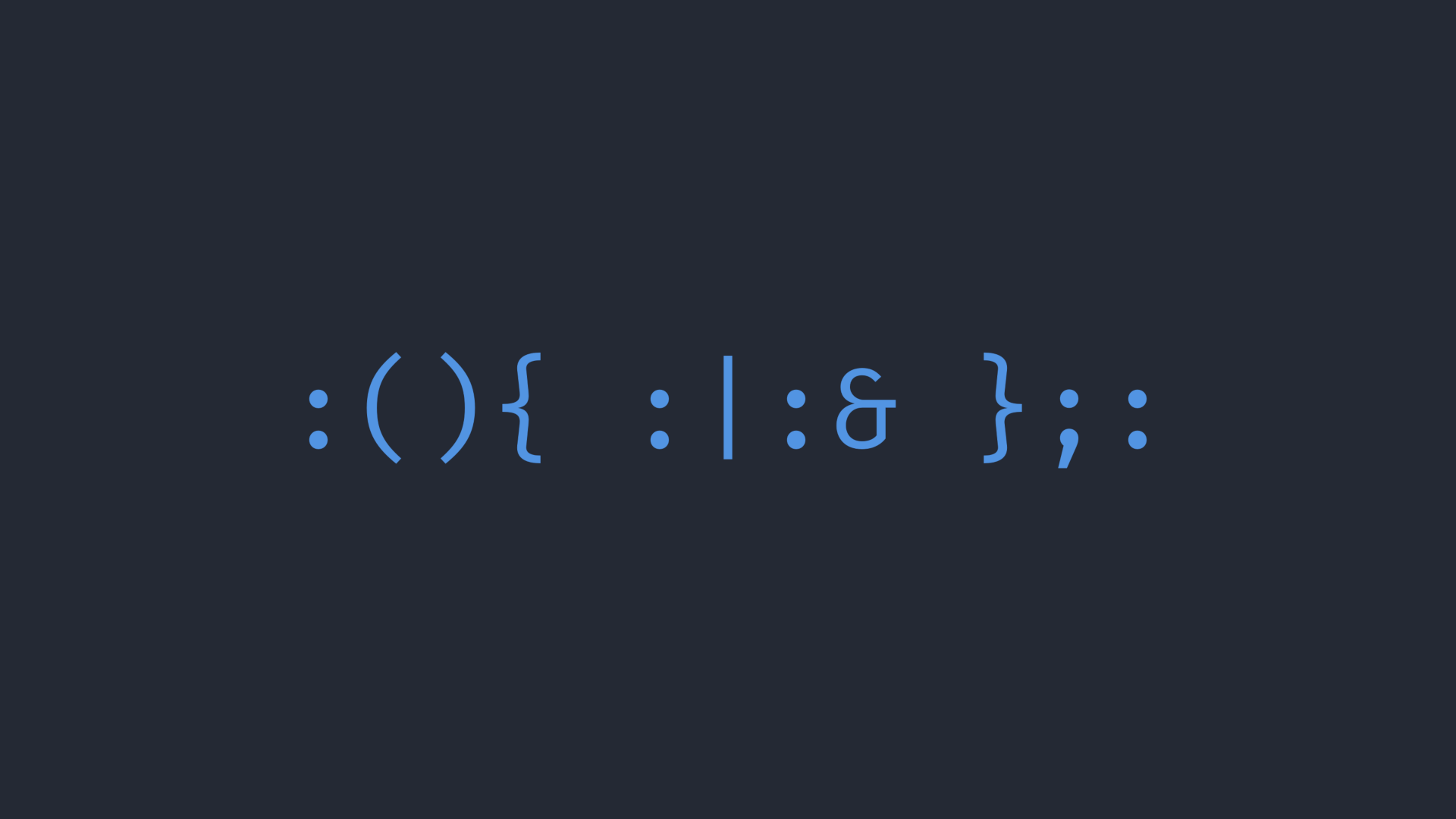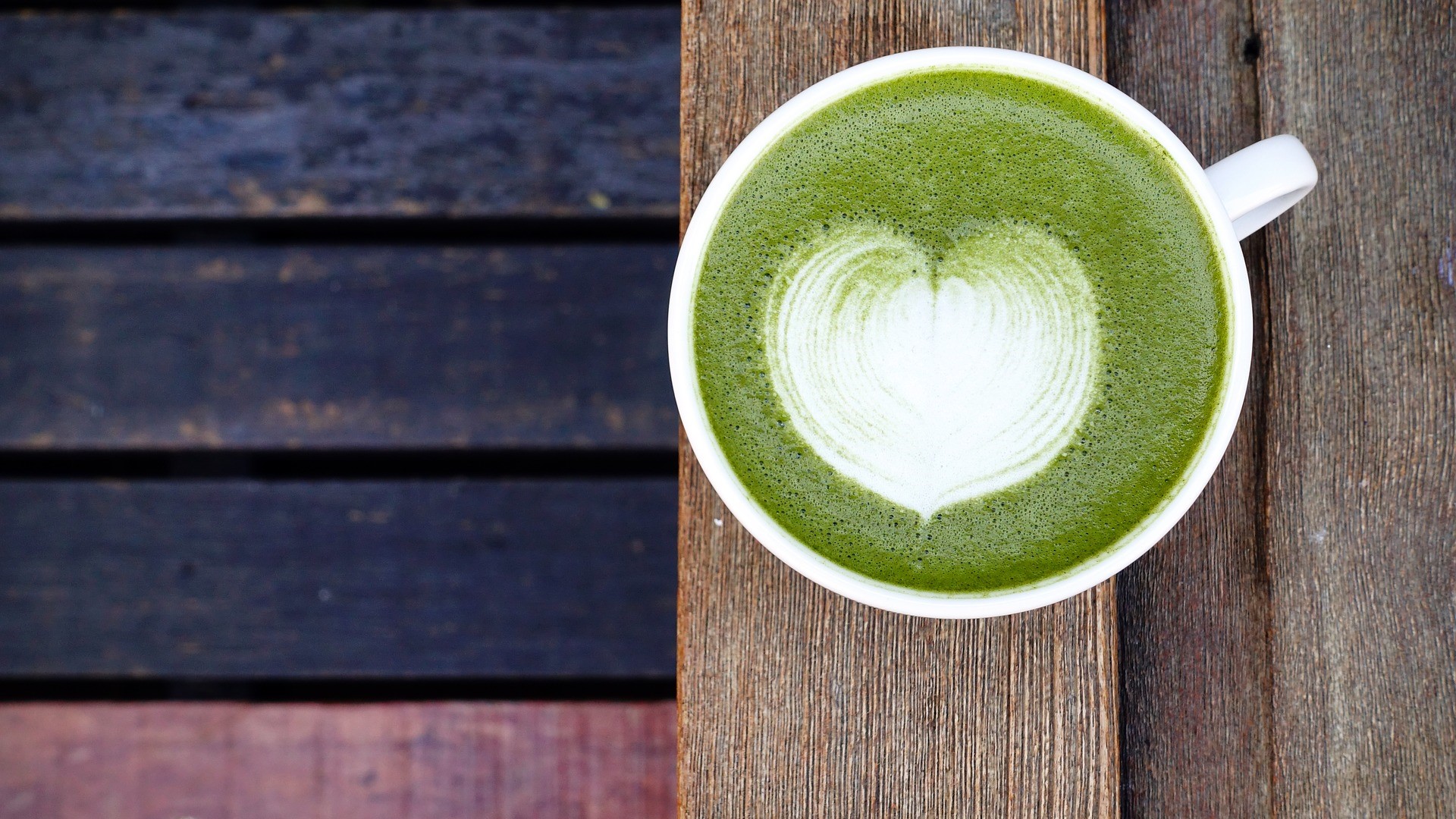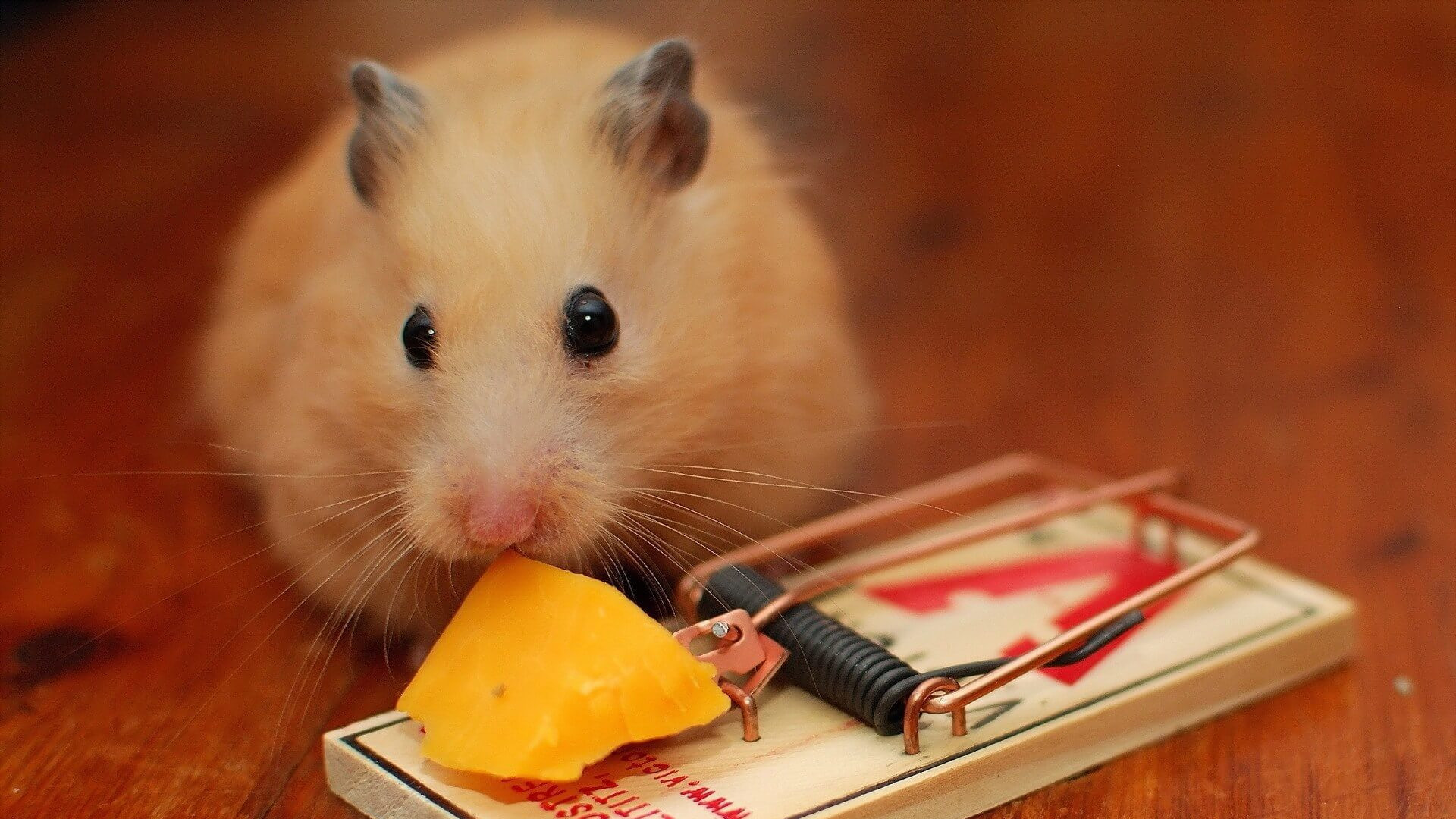Recently, a hot sauce known as Mad Dog 357 has been making waves on YouTube. It is supposedly the worlds’ hottest hot sauce, and this may well be true! Unfortunately, I haven’t had the opportunity to try it out yet, but it’s definitely on my todo list! But, I digress.
While options such as TOBASCO®, Louisiana Hot Sauce and Cholula are veritable household names, there are a plethora of options only known to those enthusiasts who relish the flavor and intense heat that store-bought options lack. One of those options, Raspberry Scorpion Hot Sauce, is the focus of this article. However, before we dig in, let’s have a quick primer for the uninitiated.
Hot Sauce 101
Love it or hate it, hot sauce is a staple in cuisine the world over. People pour it on their eggs and tacos, mix it into chili, and even blend it in a few drinks. Hot sauces range from thick, flavorful options to scorching elixirs that only the most enthusiastic fans can tolerate. In fact, among the innumerable options on the market, the only real constant is the use of some form of chili pepper. This can take the form of anything from basic Bell peppers, through scorching Carolina Reapers, and the definitive heat rating for peppers is known as the Scoville scale.
The Scoville scale was defined in 1912 by an American pharmacist named Wilbur Scoville. The scale rates peppers based on capsaicin concentration according to what are called Scoville Heat Units, or SHU. Scoville rating is determined by using high-performance liquid chromatography (HPLC) to measure the capsaicin content in a pepper. The concentration is then used to calculate relative capacity to produce perceived heat based on the American Spice Trade Association (ASTA) pungency unit scale. This scale is defined as one part capsaicin per million parts dried pepper mass. The ASTA value is finally multiplied by 15 to determine the Scoville score. Just as a point of reference, a Bell pepper rates a 0 on the Scoville scale. TOBASCO® sauce hits the 2500 SHU mark, while Habanero peppers hit the 100,000+ mark.
Taking Hot Sauce By The Tail
My current go-to hot sauce isn’t the hottest I’ve ever tried, but it does an excellent job of blending flavor with heat. I first found Raspberry Scorpion at a wonderful little taco joint in Omaha, NE called Voodoo Taco. They offer a wide variety of tacos with something for virtually every taste, but my personal favorite is the Green Ghost Pork taco. It’s not a taco for the faint of heart in the first place, boasting shredded pork braised with Ghost chili peppers, green chilies, diced onions, and Asadero cheese. After my first taco, I went back for a second and asked for a side of the Ghost pepper sauce they made it with… it just wasn’t as spicy as I wanted! The helpful employee recommended I add Raspberry Scorpion hot sauce instead. One bite and I was hooked. I bought a bottle on the spot, and it’s been my go-to ever since. Even better, it turns out that Raspberry Scorpion is made by a company called Volcanic Peppers, based very close to Omaha in Bellevue, NE.
But what’s so great about Raspberry Scorpion? Well, first of all, it’s made with Trinidad Scorpion peppers. Trinidad Scorpion peppers weigh in at a whopping 1,200,000+ SHU, or roughly 500 times hotter than TOBASCO® sauce, and twelve times hotter than a Habanero pepper! This scorching heat is balanced out beautifully by the raspberries and peaches used as the base of the hot sauce. Even better, this hot sauce is a smoky, natural flavor rather than the overwhelming vinegar flavor present in so many hot sauces. When you first taste it, Raspberry Scorpion tastes almost sweet, with the heat building up to bite you after the fact.
Raspberry Scorpion isn’t thin like TOBASCO® sauce, but it’s certainly not a salsa either. It’s somewhere around the consistency of steak sauce, not runny like most vinegar-based sauces. Additionally, it has a bit of texture to it; not a ton, but the raspberry makes an appearance when you pour it. All in all, this rounds out to a beautiful, flavorful hot sauce that isn’t overpowering as long as you use it sparingly. As for Mad Dog 357? Who knows! Hopefully I’ll get to try it soon!

